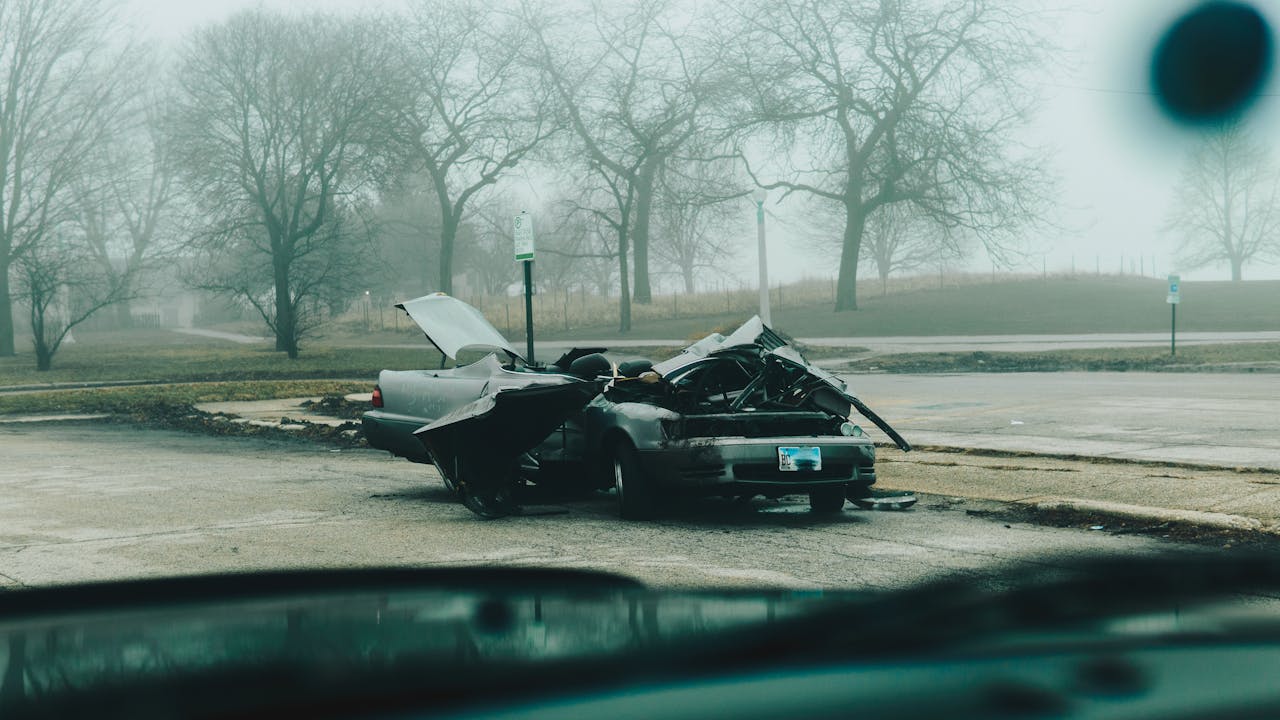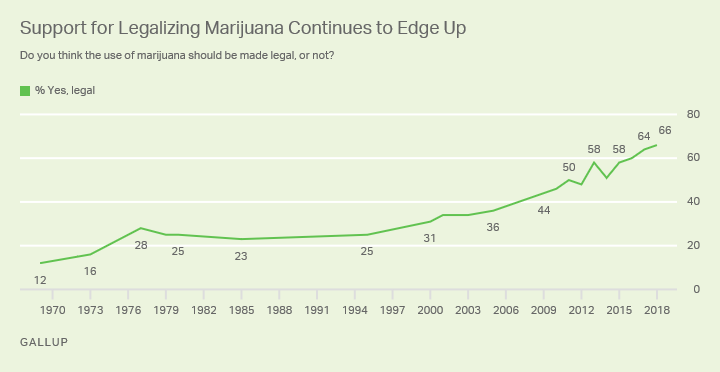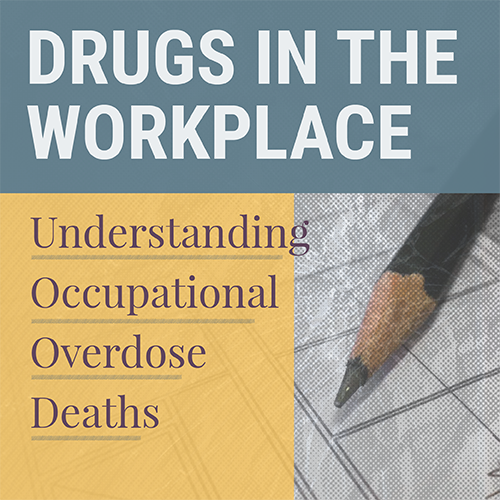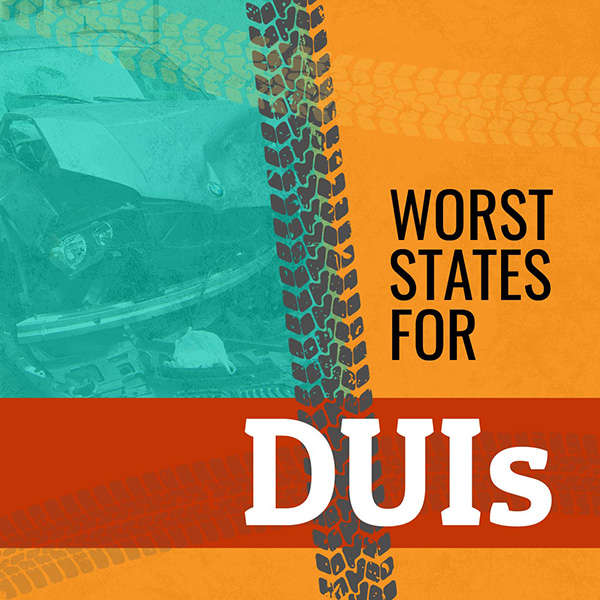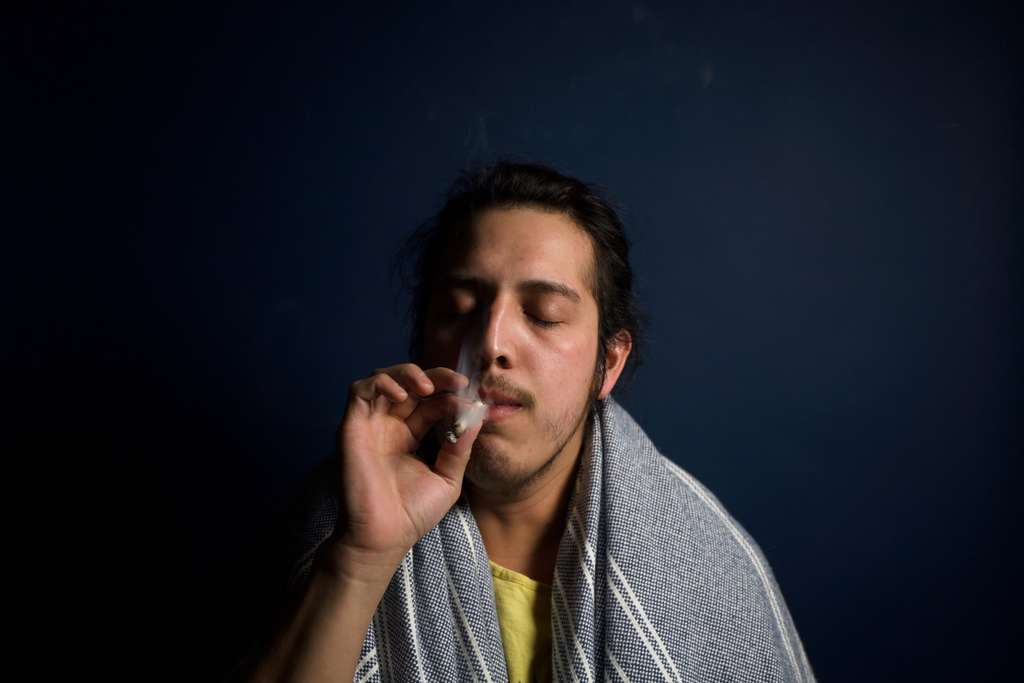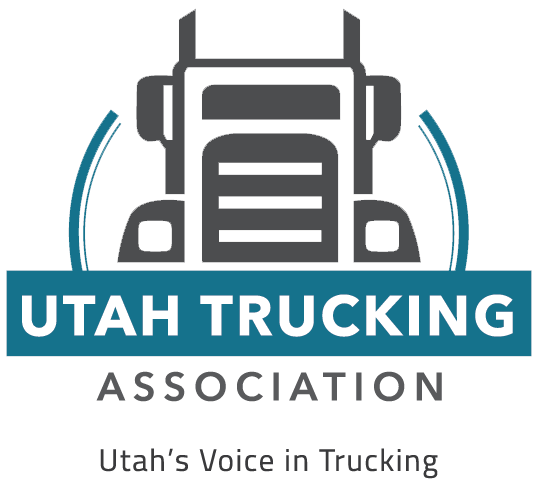US Drug Test Centers Blog
How Many Car Accidents Are Caused by Alcohol?
Impaired driving — from marijuana, alcohol, and other substances — continues to take lives. In this blog, we're focusing on how many drunk driving crashes occur each year, looking specifically at drunk driving deaths. We'll also look at which groups of people are most likely to be involved in alcohol-related crashes, as well as measures that have been put into place to reduce alcohol-impaired driving.
How Many Drunk Driving Deaths Are There Each Year?
Let's break down alcohol-related motor vehicle crashes by year, looking at the last few years as a sample.
While the numbers vary by source, the National Safety Council says that in 2020, approximately 38,921 people died in drunk driving crashes. In 2021, there were 43,170 traffic crash fatalities related to alcohol. And in 2022, there were around 42,441 drunk driving deaths, accounting for about 32% of the total number of traffic crash fatalities that year.
Some estimates say that each and every day, 37 people in the United States die in drunk driving crashes. That comes out to about one person every 39 minutes.
Remember, this data reflects drunk driving crashes that led to a fatality. There are even more traffic crashes where the individuals involved sustained a minor or serious injury but ultimately survived.
What About Drunk Drivers Who Aren't Caught?
Indeed, there are drunk drivers who are never caught and penalized. Estimates say that for every arrest made for drunk driving, another 500 to 2,000 drunk driving incidents remain unpenalized.
Have Traffic Crash Fatalities Related to Alcohol Gone Down?
Based on the available data from the NSC, which spans back to 1982, the number of drunk driving deaths has fluctuated over the years. From 1988 to 1992, there was a decrease from 46,931 to 39,127, respectively. After that, the number of drunk driving deaths climbed steadily until 2005, after which point, it looked like they were declining again — until 2015.
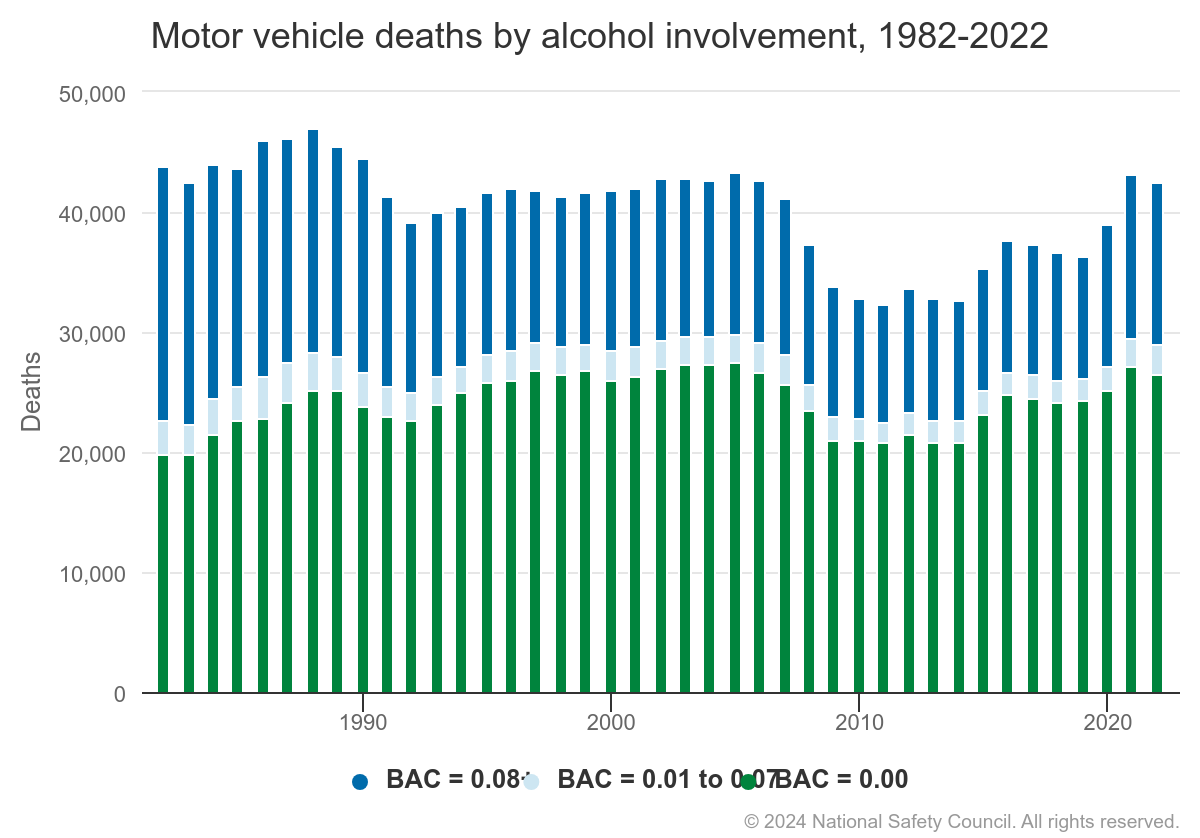
Since then, alcohol-related traffic crash fatalities have trended upward, with the exception of a few small decreases along the way.
How Drunk Are People Behind the Wheel in Drunk Driving Crashes?
Overwhelmingly, people who die due to drunk driving-related incidents have a blood alcohol concentration (BAC) of 0.00 (the bottom green lines in the graph), meaning that they were not impaired drivers. For example, some data says that somewhere around 50% of teenagers under the age of 21 who died in drunk driving crashes were passengers, not drivers.
The second most prominent group was drunk drivers with a BAC of 0.08 or more (the dark blue lines on top). The smallest group was drunk drivers with a BAC between 0.01 and 0.07 (light blue lines in the middle).
This proves that being "buzzed" still counts as drunk driving and can still lead to alcohol-impaired driving fatalities.
What Other Variables Can Impact Alcohol-Impaired Driving Fatalities?
Other variables have been measured in regard to their impact on and involvement in drunk driving crashes. Traffic crash fatalities related to alcohol are more likely to happen:
In urban versus rural areas (60.23% versus 39.77%, respectively).
In clear/cloudy weather, compared to rainy or "other" weather (88.41%, versus 5.55% and 6.03%).
At night versus during the daytime, dusk, or dawn (68.12% versus 28.02%, 2.53%, and 1.33%).
On principal arterial versus the interstate, minor arterial, collector, and local/"other" (32.27% versus 12.87%, 22.06%, 20.96%, and 11.85%).
How Old Are Drunk Drivers?
Data from the National Highway Traffic Safety Administration says that in 2021, the highest percentages of impaired drivers who were involved in fatal crashes were in the age groups of 21 to 24 years old and 25 to 34 years old.
Young people might be likelier to drink and drive because they're overly confident in their ability to drive while impaired. Alcohol might only fuel this further, making them feel even more capable. Peer pressure and the desire to fit in can also play a role.
Underage drinking — and even binge drinking — continues to be a problem in the United States. While historically, young people drink less frequently than adults, when they do consume alcohol, they drink more of it. In fact, in 2022, 3.2 million people between the ages of 12 and 20 years old said that they participated in binge drinking at least once in the last month. About 646,000 people in this age range reported binge drinking five or more times in the last month.
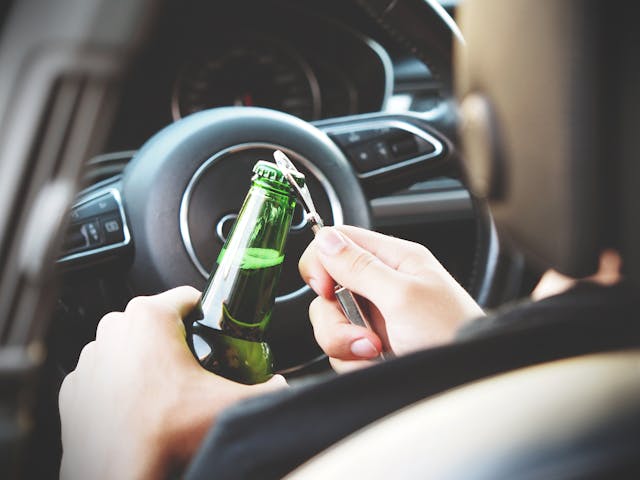
Are There More Male or Female Drunk Drivers?
These numbers fluctuate and reverse over time. However, in 2021, for every four male drunk drivers involved in alcohol-impaired driving fatalities, there was one female drunk driver (or 9,693 versus 2,531 drunk drivers, respectively).
What's Being Done to Reduce the Number of Drunk Driving Crashes and Fatalities?
Much action has been taken in order to decrease the instances of impaired driving and reduce the number of drunk driving crashes and fatalities.
For example, high visibility enforcement (HVE) is a strategy that helps educate the public and encourage compliance with the law. This might include checkpoints, saturation patrol, and enhanced patrols using elements like road signs and electronic message boards. HVE goes beyond traditional law enforcement practices.
Additionally, raising the minimum drinking age had a positive effect on drunk driving and alcohol-impaired driving fatalities. Before the National Minimum Drinking Age Act of 1984, the legal age to purchase alcohol was different from state to state. However, after the act came to be, the minimum legal drinking age (MLDA) was 21.
States that increased the legal drinking age saw an average 16% decrease in drunk driving crashes.
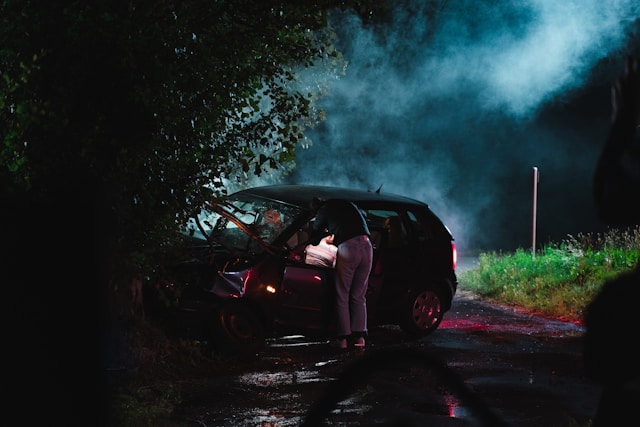
Onsite mobile drug and alcohol testing can also provide quick answers when it comes to determining if drunk driving has happened.
Additionally, some drunk drivers — especially repeat offenders — are required by law to use ignition interlocks for a designated period of time. Ignition interlocks are small, handheld breathalyzer machines that the driver has to blow into. If they're impaired, they're unable to operate their vehicle.
This has helped to further reduce alcohol-impaired driving and traffic crashes.
Reducing Drunk Driving Crashes in the Future
Alcohol-impaired drivers are a threat to everyone on the road. Traffic crash fatalities have fluctuated over the years, further highlighting the need for heightened vigilance on the road, education about the risks and dangers of impaired driving (especially for children and teens), and more stringent drug and alcohol testing. Support, resources, and treatment (if needed) should be accessible and available to families, communities, and businesses around the country.
Together, we can reduce injuries and deaths caused by drunk driving.
Contact US Drug Test Centers at (866) 566-0261 for more information on immediate drug and alcohol testing and other important testing resources.




